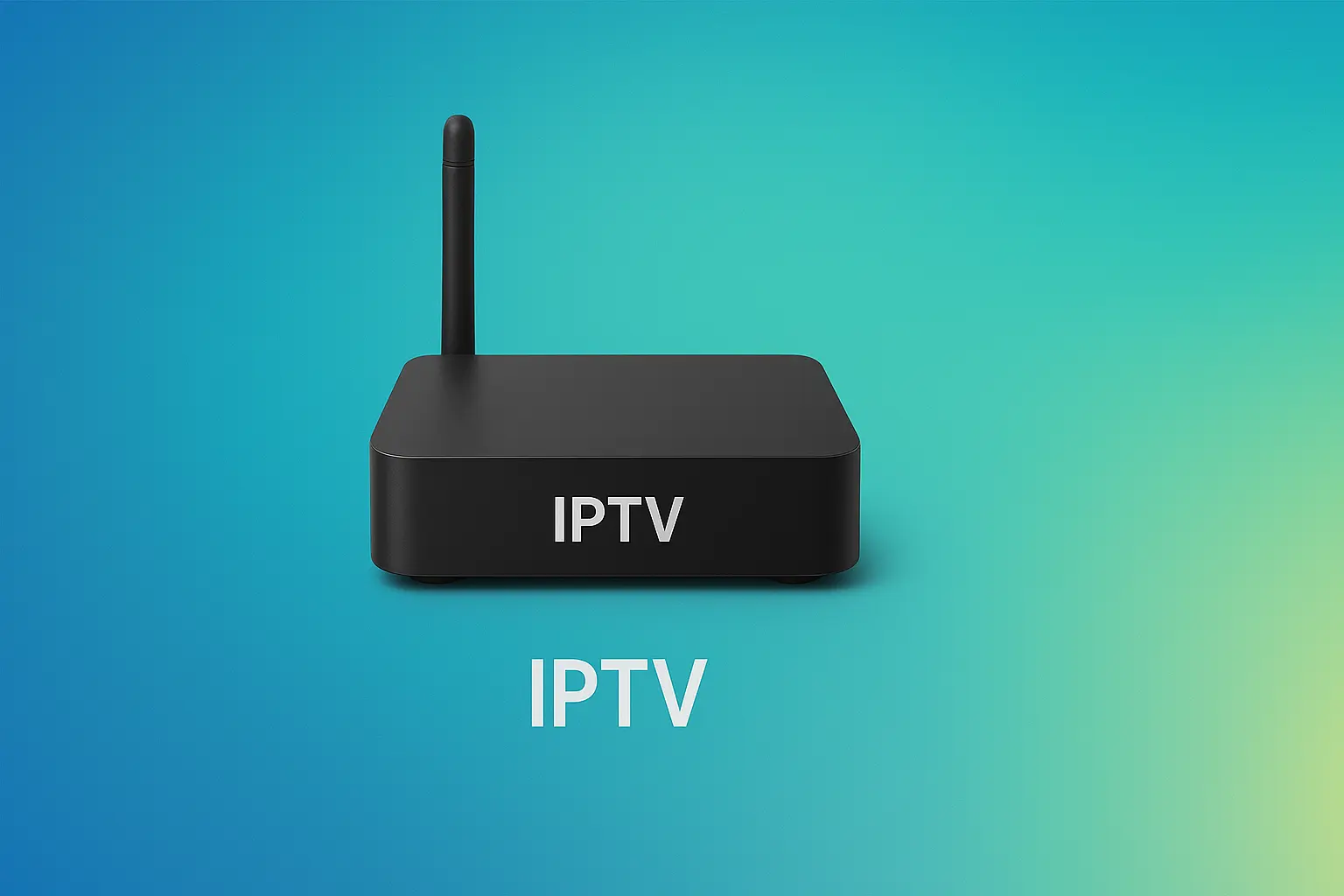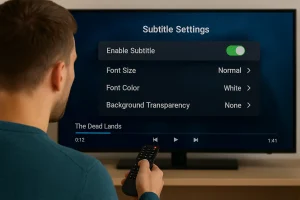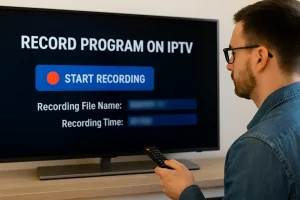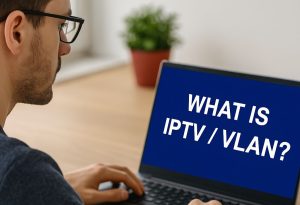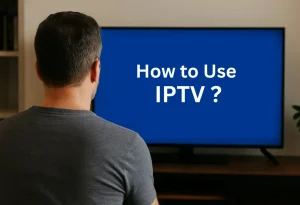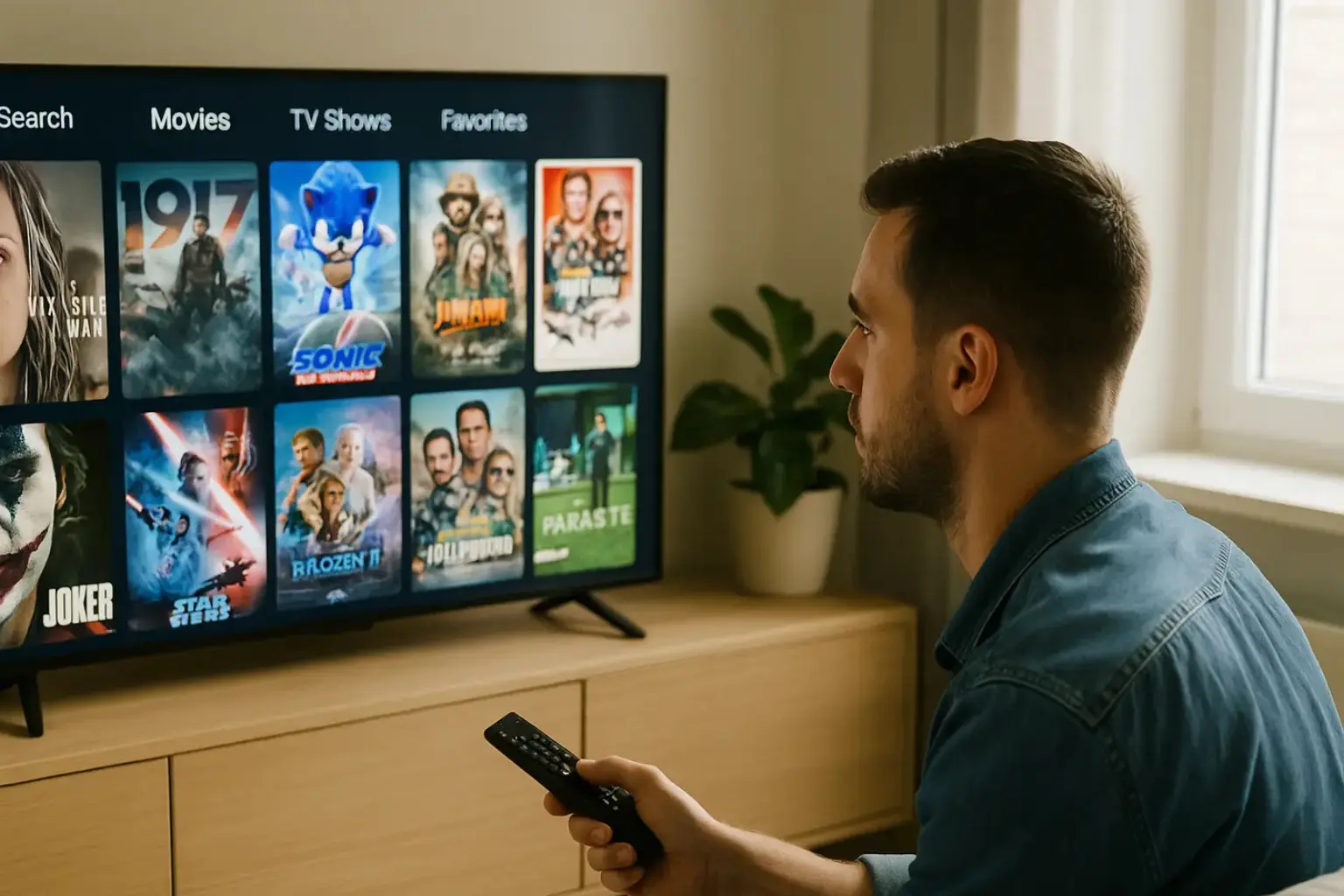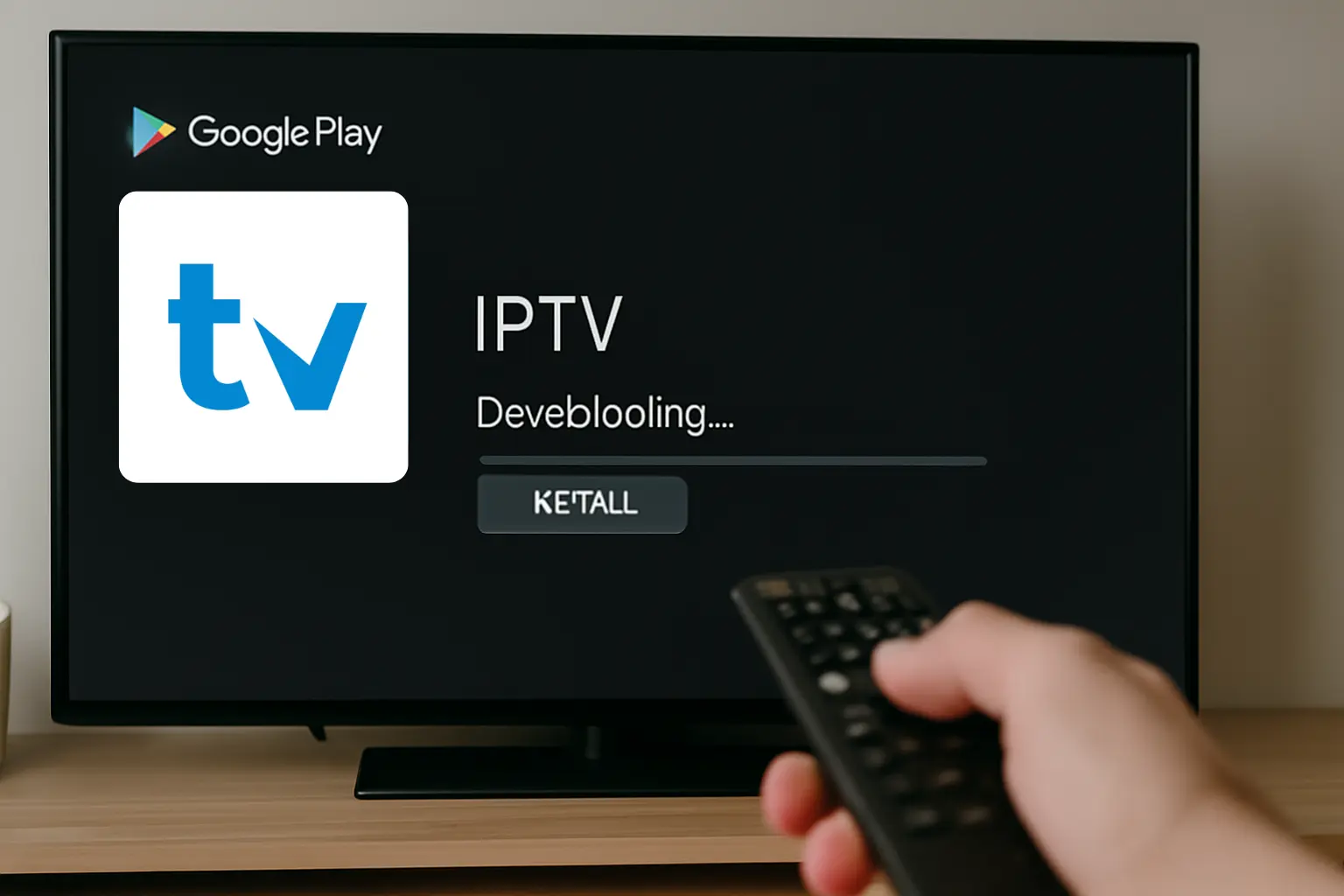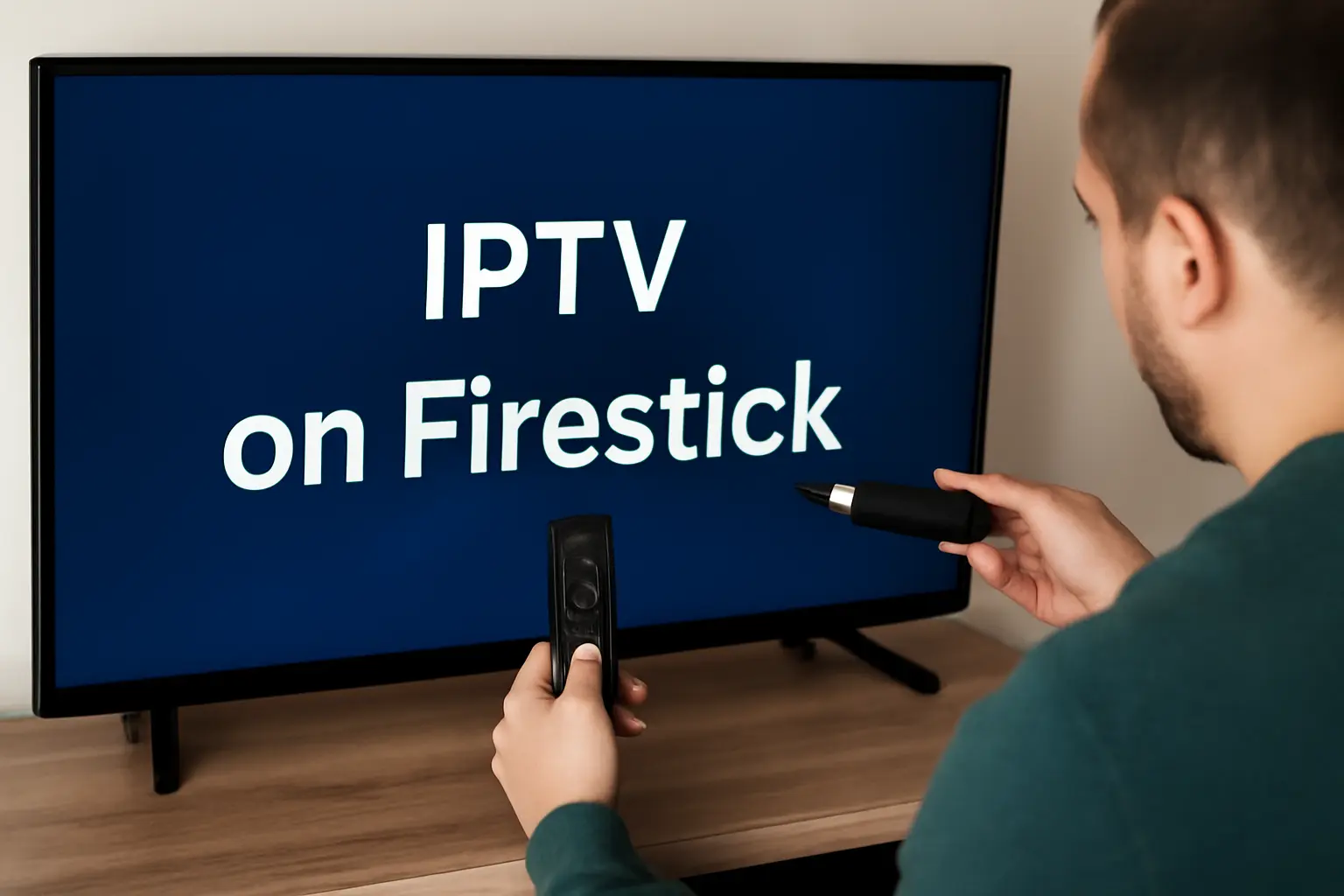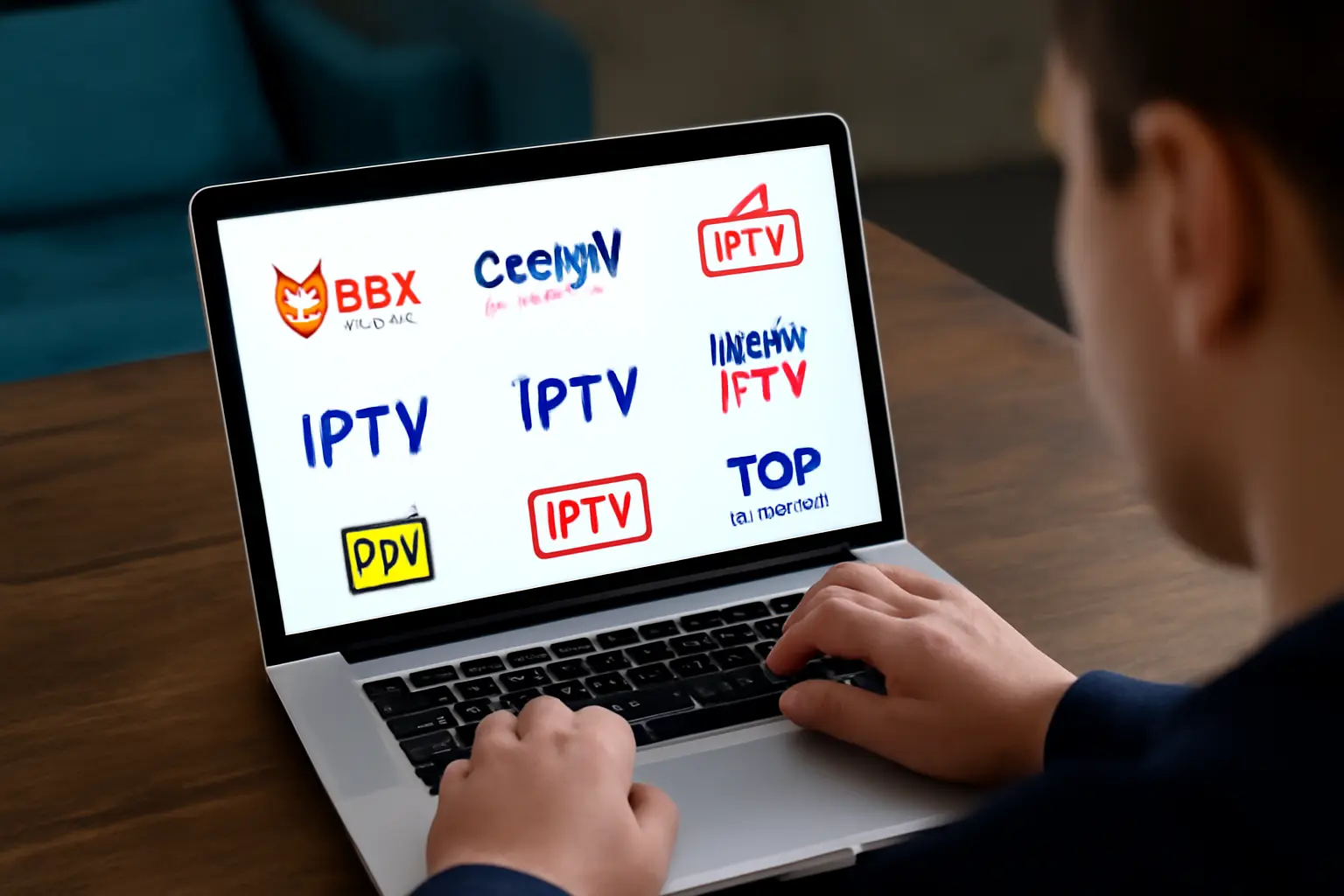IPTV delivers your favorite TV content over the internet, straight to your devices. It’s a flexible, personalized alternative to traditional cable or satellite TV. With an IPTV service, you can access live channels, on-demand content, and interactive features on various devices like smart TVs, set-top boxes, and mobile devices.
IPTV relies on a stable internet connection and compatible hardware. While it has some limitations, like IPTV Prime how offers a revolutionary way to watch TV. Keep exploring to uncover the full potential of this technology.
Understanding the Basics of IPTV Technology
IPTV, or Internet Protocol Television, is a cutting-edge technology that’s revolutionizing the way you consume television content. It utilizes your broadband Internet connection to deliver live TV channels and on-demand video straight to your TV screen.
These services leverage advanced video compression codecs like H.264 and MPEG-4 to efficiently stream high-quality video content. You can access IPTV on various devices, including smart TVs, set-top boxes, computers, and mobile devices.
The IPTV infrastructure consists of content sources, encoding systems, and streaming servers that work together to bring you a seamless video streaming experience. You’ll enjoy greater flexibility, interactivity, and personalization compared to traditional cable or satellite TV, making it the future of television.
Exploring the Different Types of IPTV Services
When exploring the world of internet-based television services, you’ll encounter several distinct types, each offering unique features and benefits. It delivers real-time broadcast TV over the internet, while on-demand services provide access to a library of pre-recorded content for viewing anytime.
Time-shifted viewing lets you pause, rewind, and replay live television, giving you control over your experience. Subscription-based options require a monthly or annual fee for access, whereas free services offer ad-supported channels and content at no cost.
Understanding these different types of internet television services will help you choose the best option for your needs, whether you prefer live programming or the flexibility of video on demand.
Advantages and Disadvantages of IPTV
While this technology offers a range of benefits, it also has its drawbacks. On the positive side, it provides on-demand and time-shifted viewing, high-quality video, device-agnostic access, potential cost savings, and interactive features.
However, its reliance on a stable internet connection can be problematic in areas with poor connectivity. Legal and licensing issues may arise with some providers distributing copyrighted content without proper licenses. Limitations on simultaneous device streams can be a drawback for multi-user households.
Network congestion and ISP bandwidth limitations can affect the quality of service. Additionally, some providers may offer a more limited selection of channels or content compared to traditional TV offerings. Consider these advantages and disadvantages when deciding if this option is right for you.
IPTV vs. Traditional Television: A Comparison
Are you curious about the differences between IPTV and traditional television? While both deliver video content to your home, they use distinct technologies and offer varying viewing experiences:
1. Delivery method: Streams television programming over the Internet, while traditional TV relies on broadcast, cable, or satellite transmission.
2. Viewing flexibility: Providers offer on-demand content and interactive features, whereas traditional TV follows a linear, scheduled format.
3. Equipment requirements: Requires an Internet connection and compatible devices, but traditional TV only needs a television set and an antenna or cable/satellite subscription.
4. Multi-device support: Allows you to watch on various devices, while traditional TV is usually restricted to the main household television.
IPTV’s personalized, targeted approach contrasts with traditional television’s uniform viewing experience.
Frequently Asked Questions
Is IPTV Legal in the USA?
The legality of IPTV in the USA depends on service providers’ licensing and content distribution practices. Regulatory landscape is evolving, with legal implications for users. Subscription models, hardware requirements, and geographical restrictions vary among providers.
What Is IPTV and How Do I Get It?
To get IPTV, you’ll need a fast internet connection and a compatible device. Subscribe to an IPTV service provider, which offers various channel packages. Follow their setup guide for easy installation and access to high-quality streaming content.
Is IPTV Free or Paid?
IPTV services offer both free and paid options. Subscription costs vary based on the pricing structure, with monthly fees, annual subscriptions, and free trials available. Premium packages provide access to more live TV channels and on-demand content.
What Do I Need to Watch IPTV?
To watch IPTV, you’ll need a stable internet connection from your ISP, a subscription to a streaming platform or content provider, a compatible device like a set-top box or mobile app, and sufficient network bandwidth.

